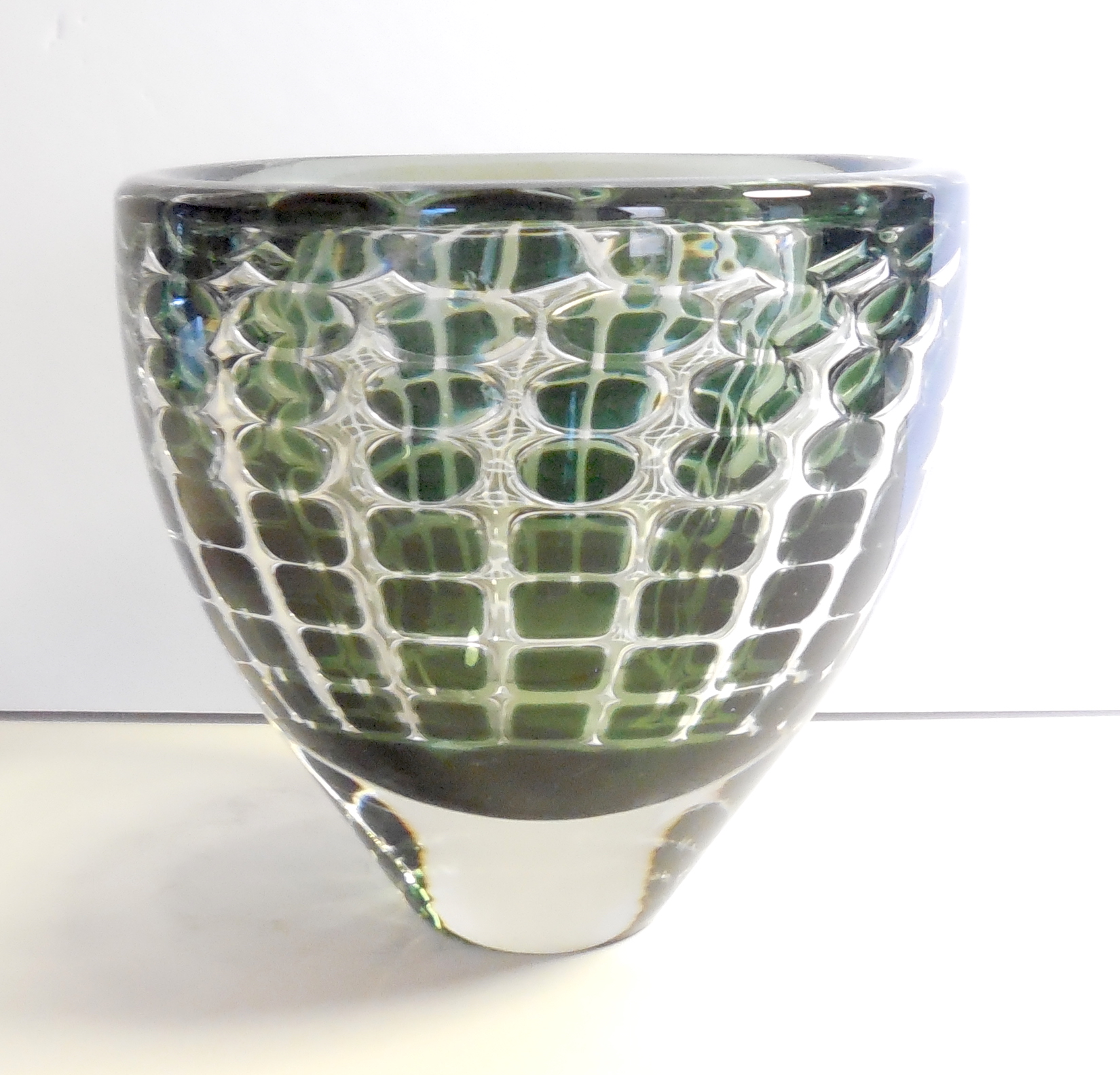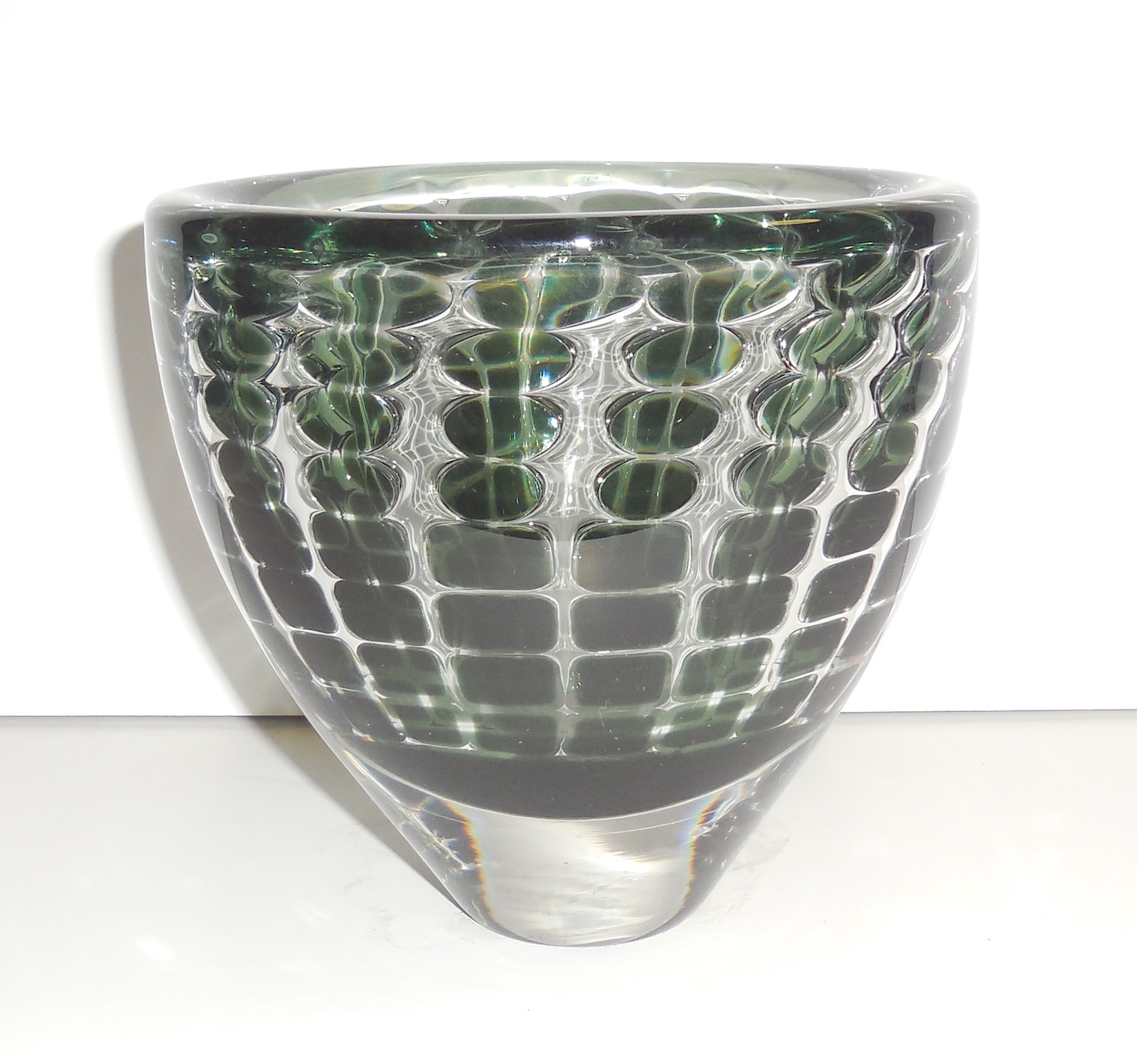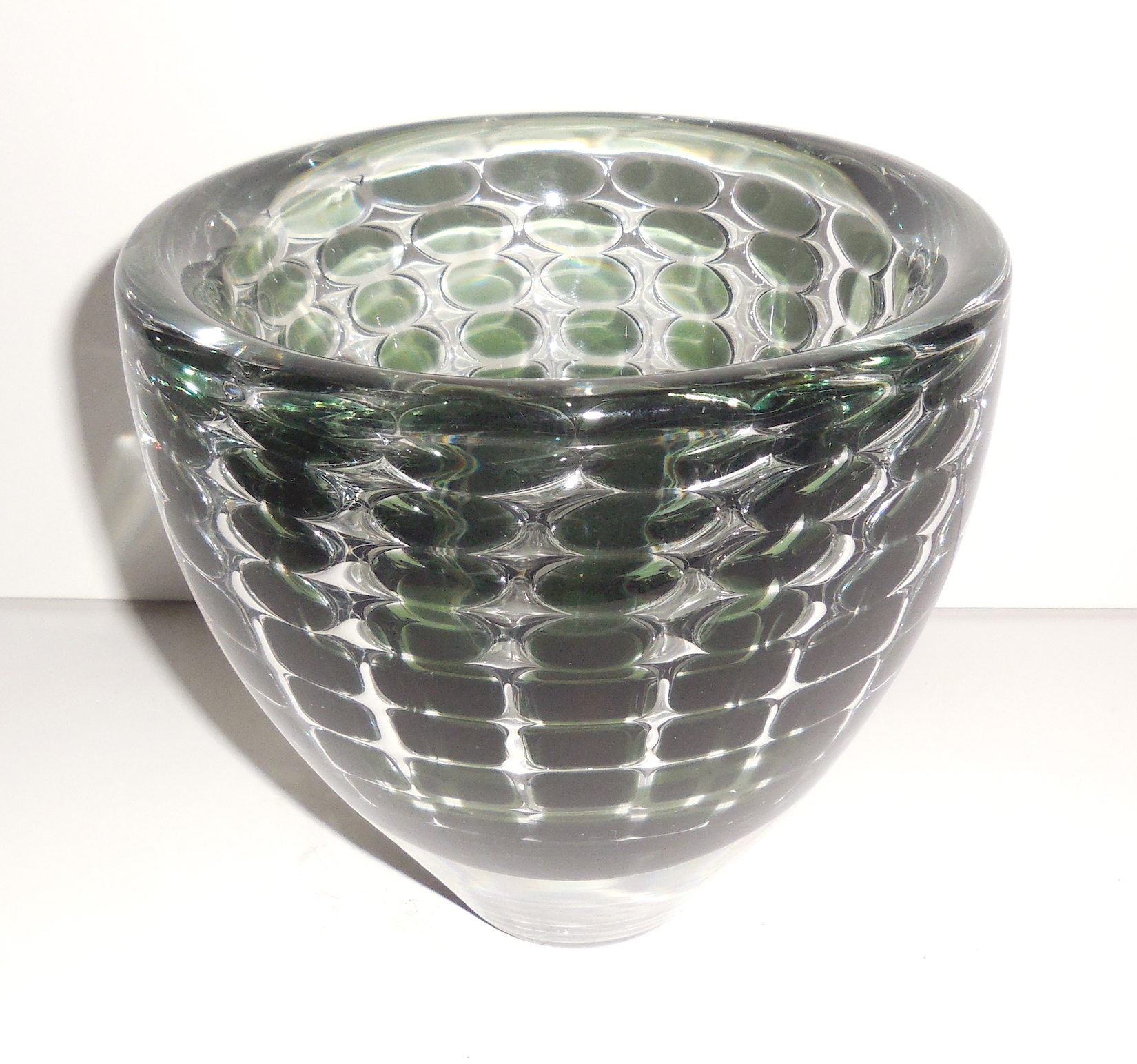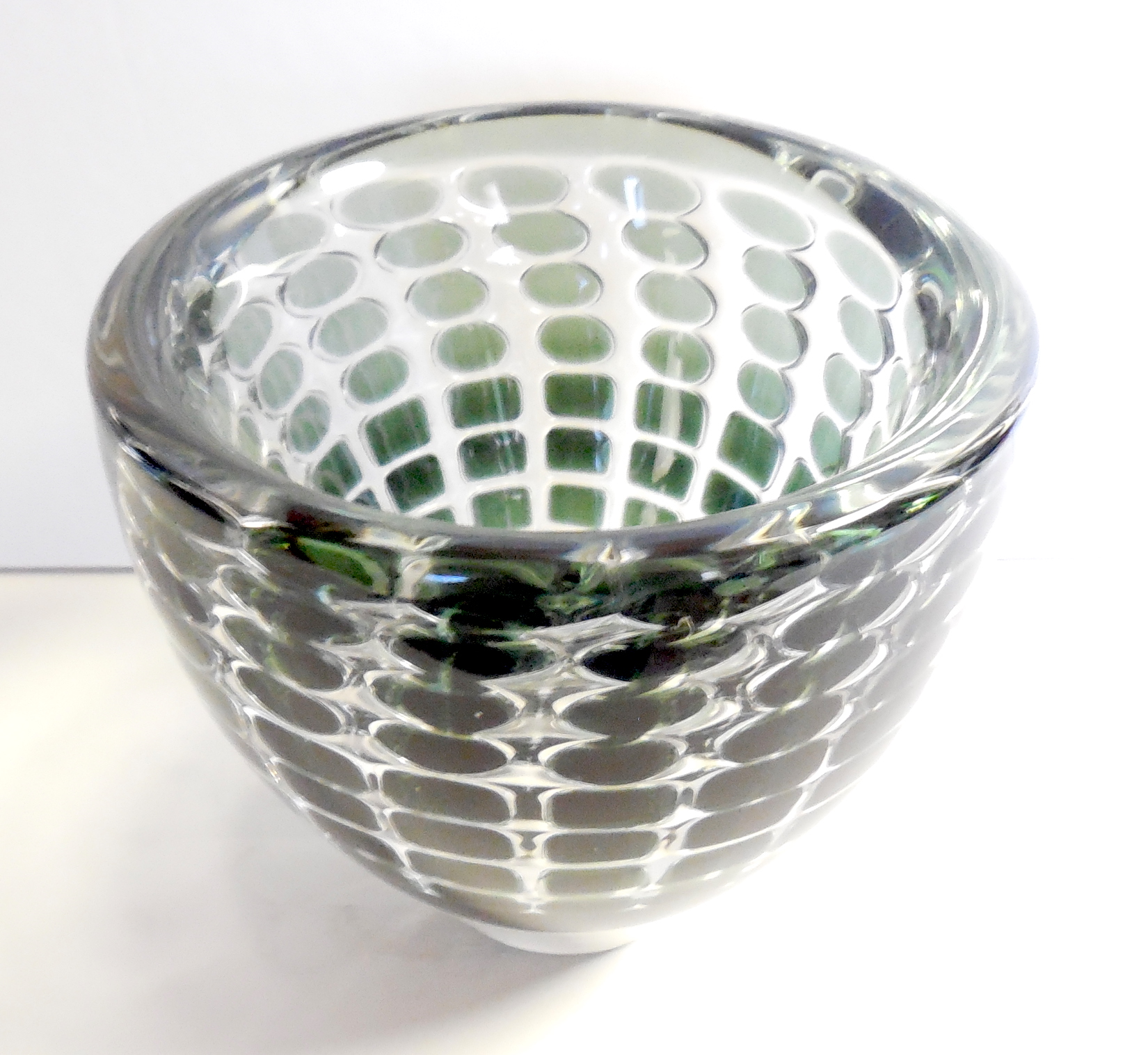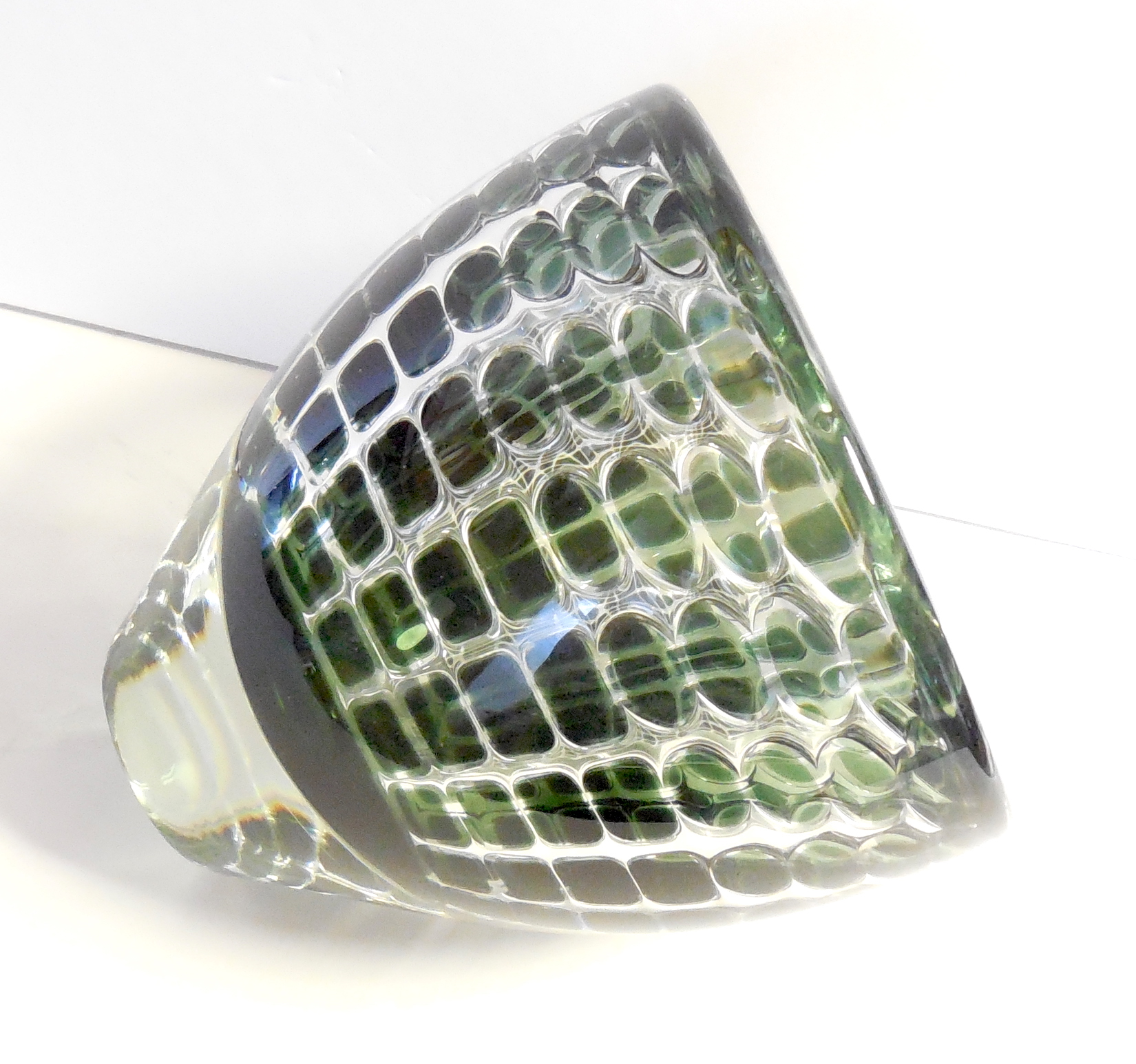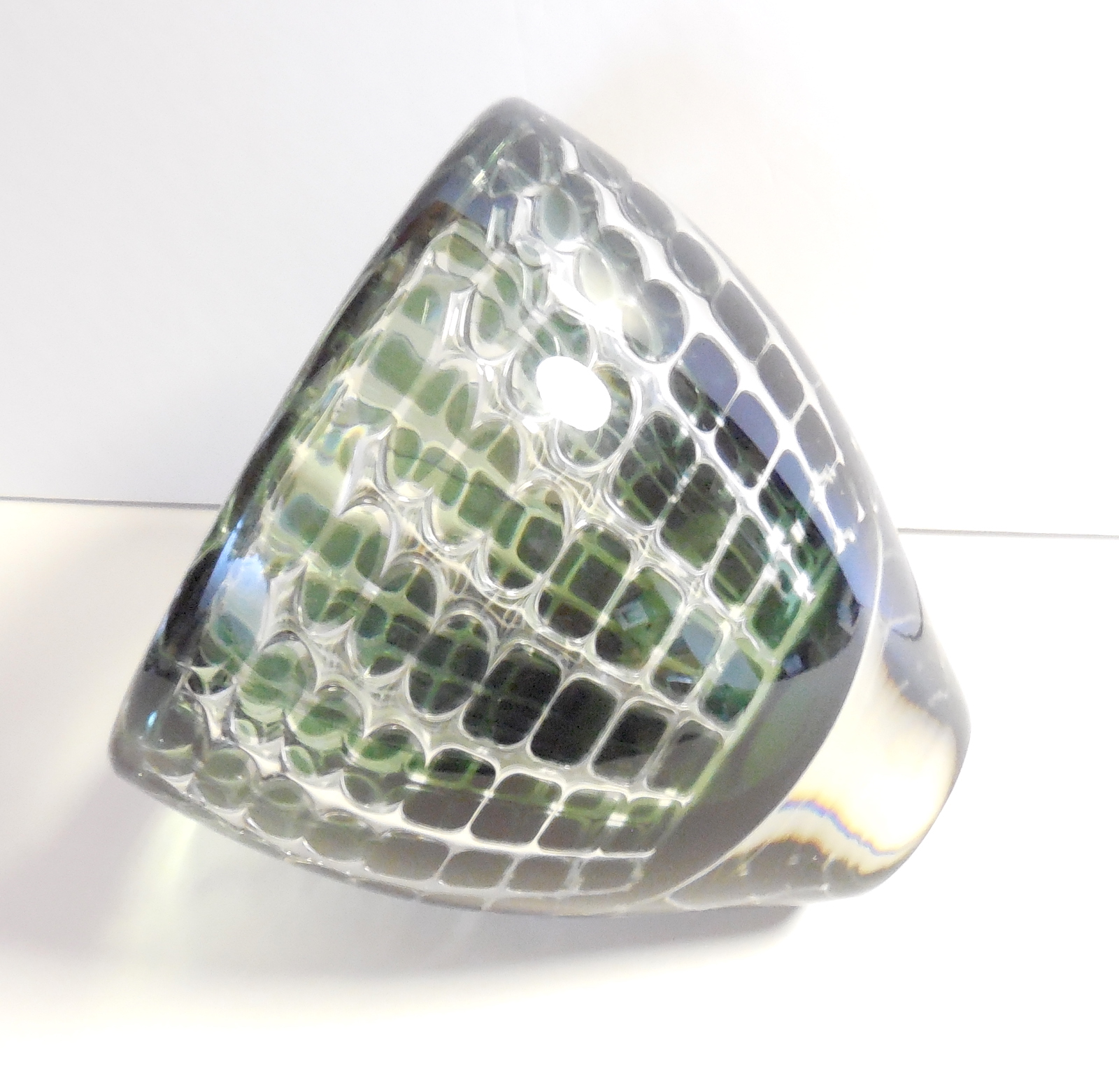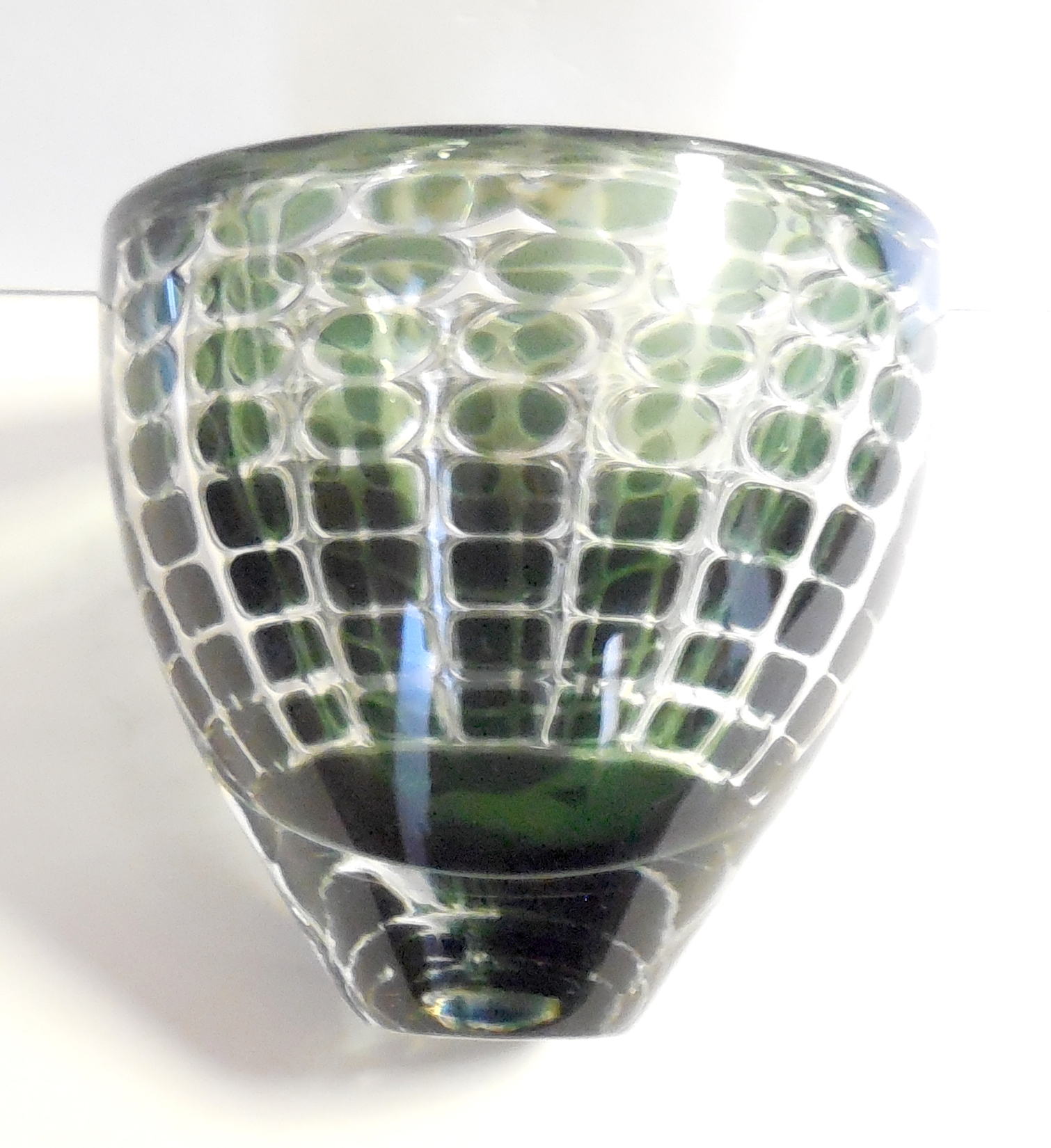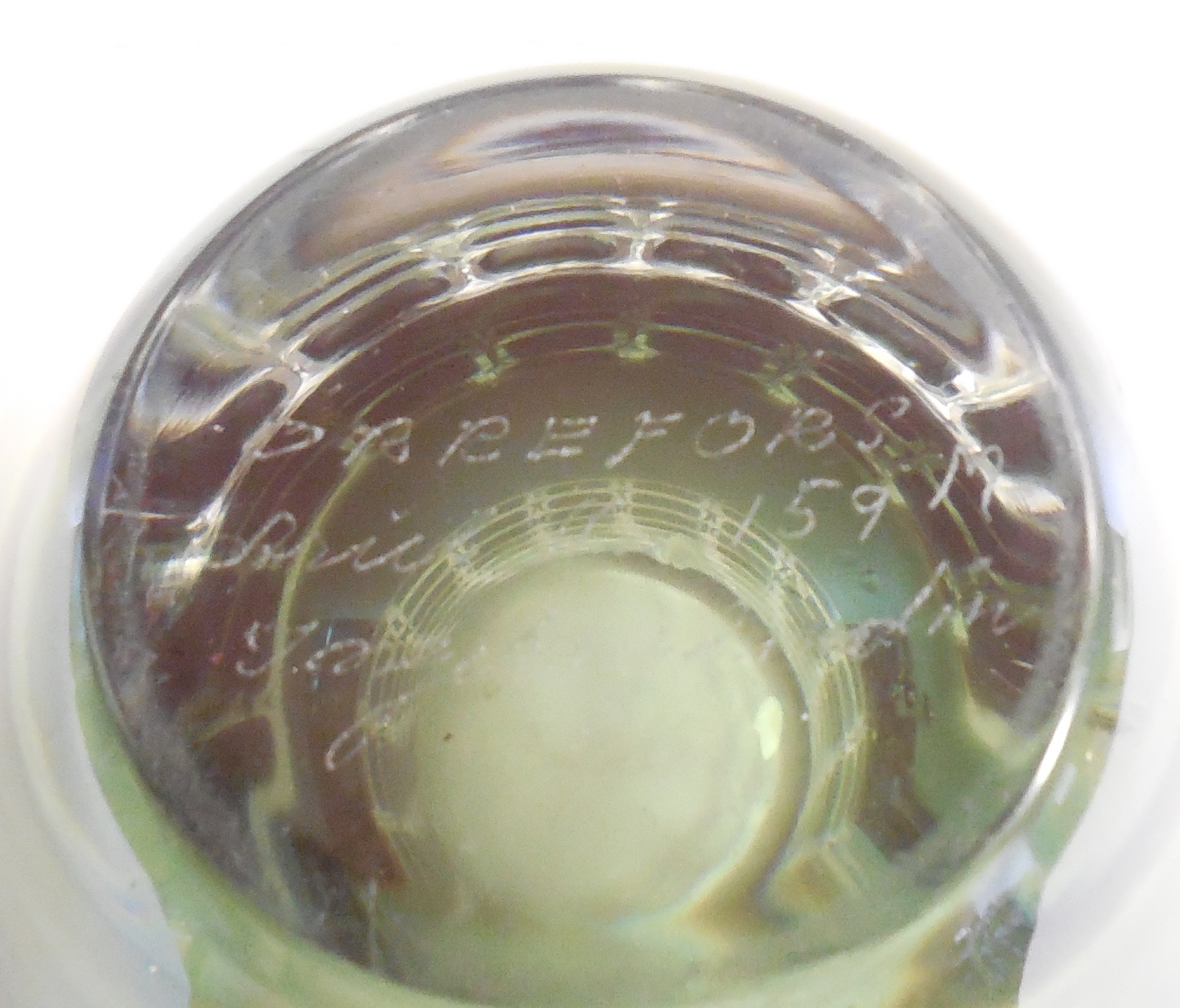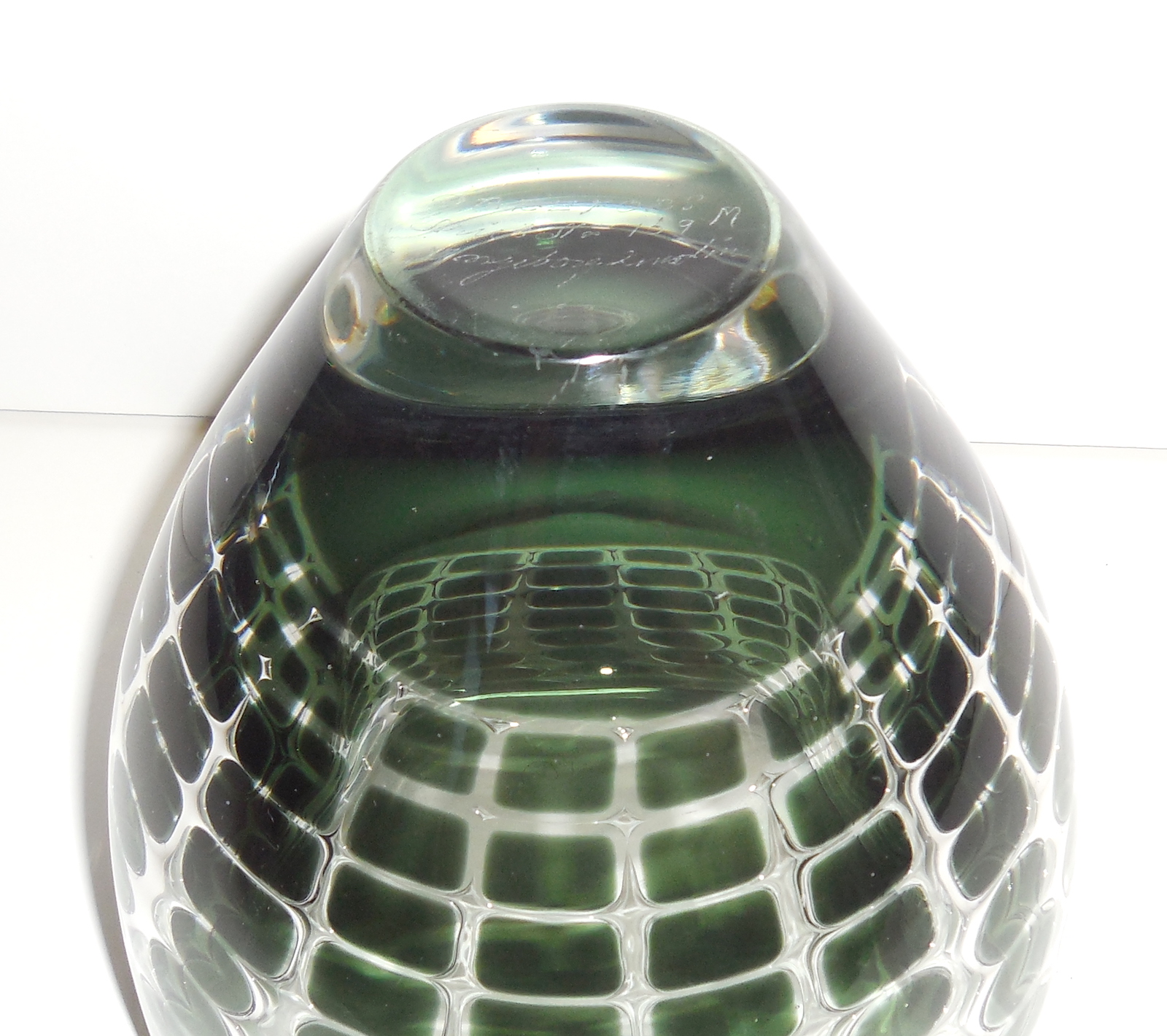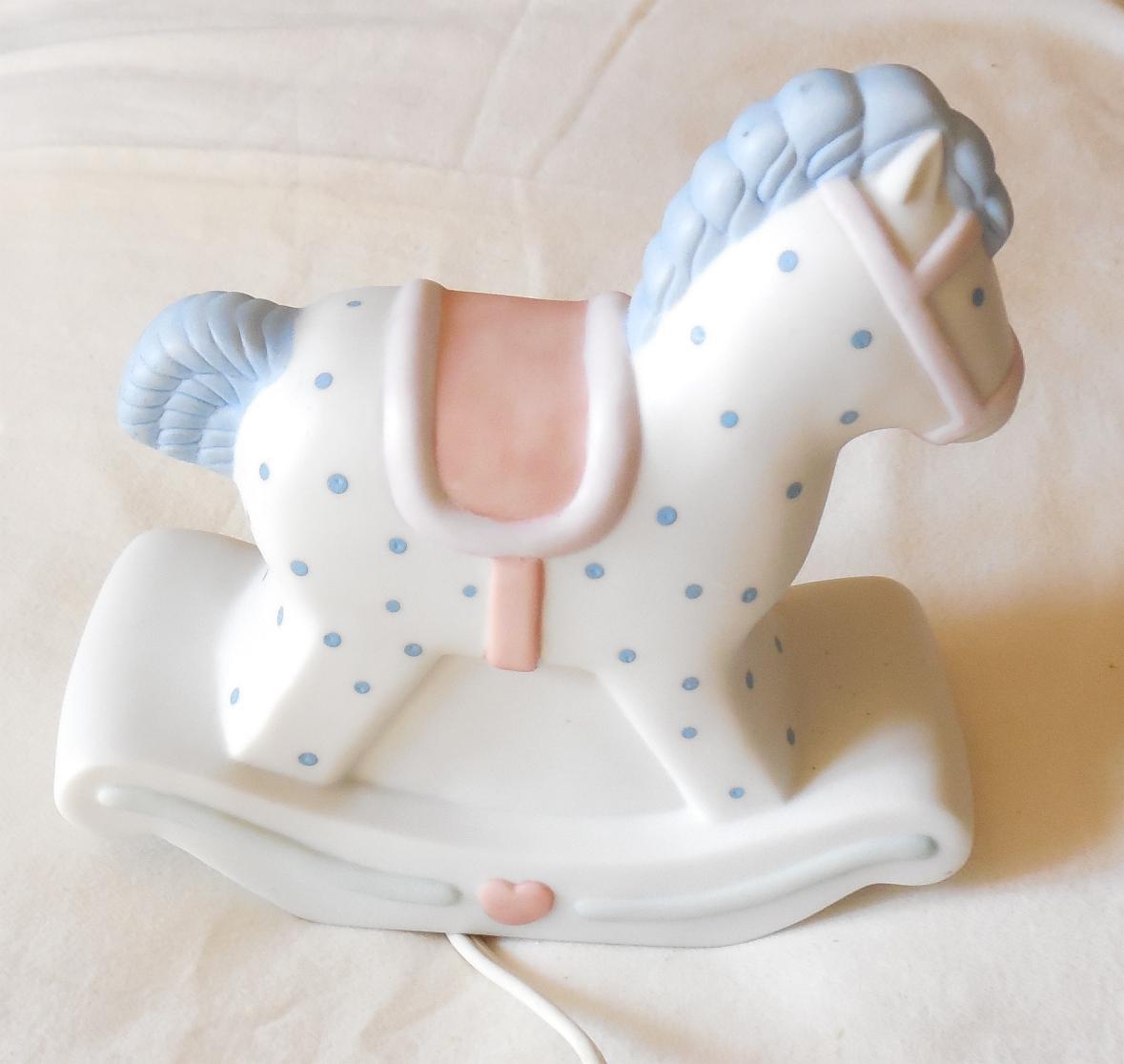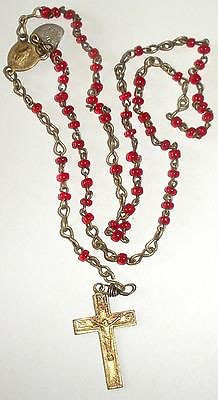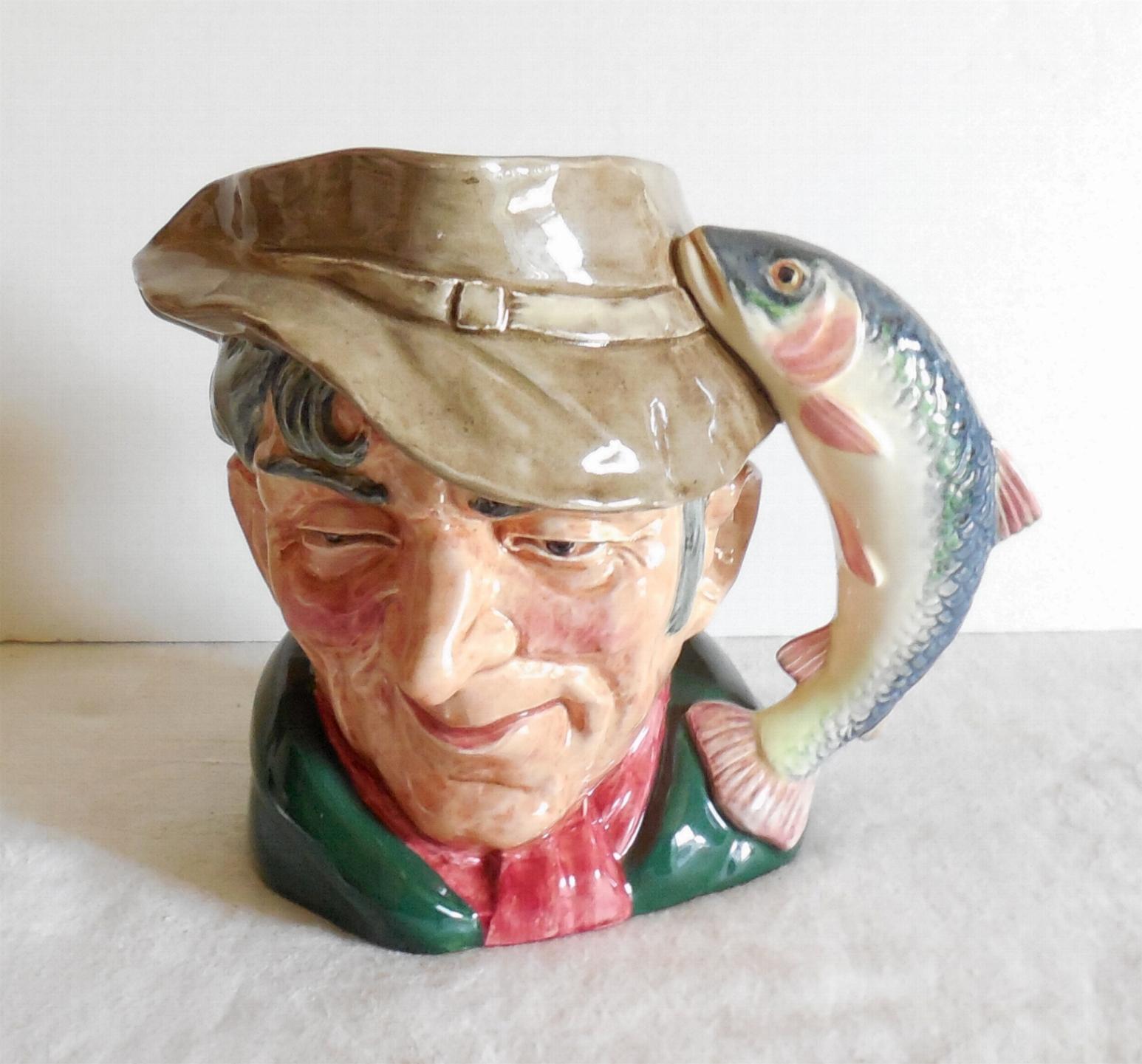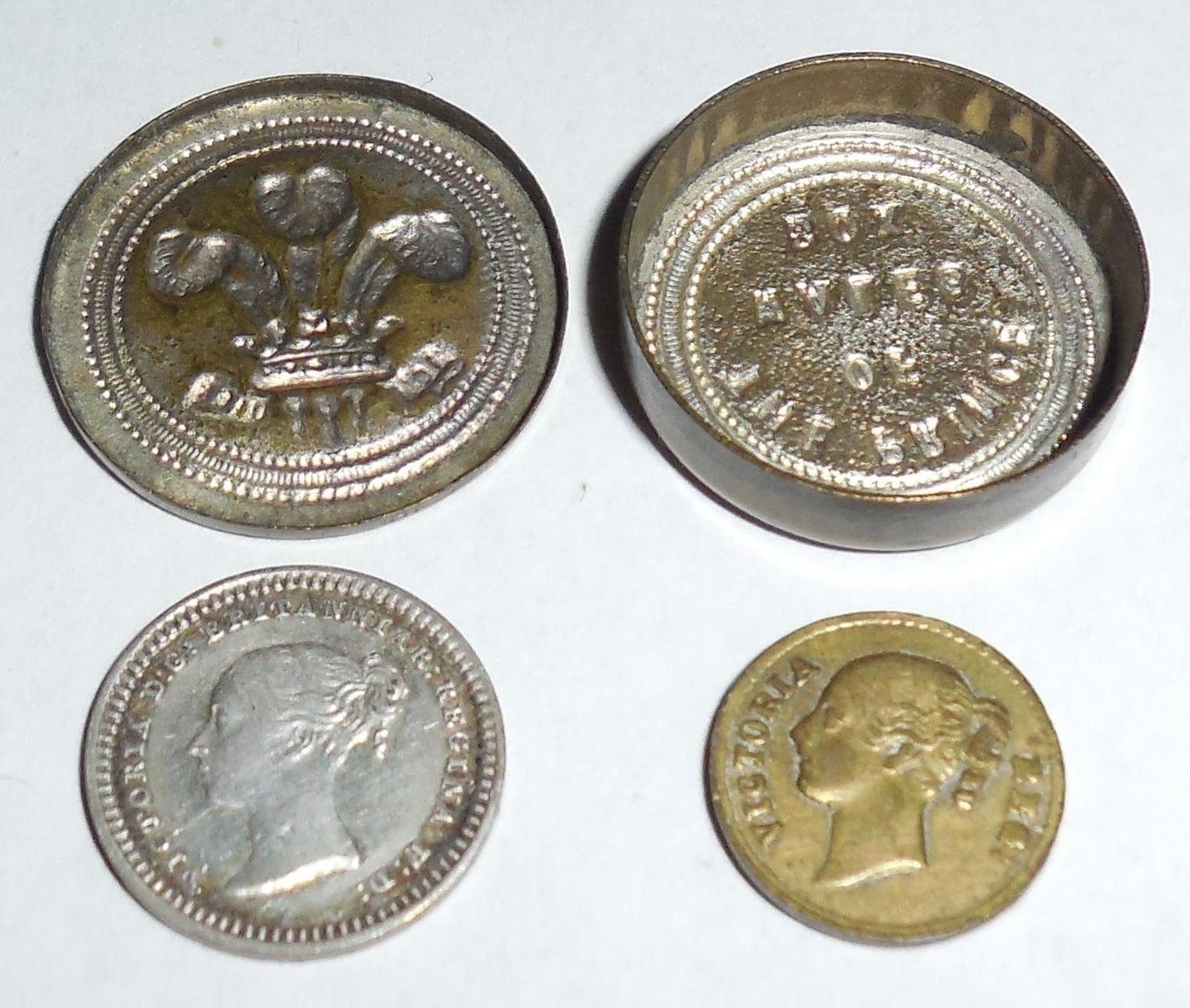Description
Mid Century Ingeborg Lundin Orrefors Ariel Graal Vase Scandinavian – This is a stunning example of Orrefors Ariel Graal mid century Scandinavian Swedish Modern geometric design glass made by Ingeborg Lundin (highly accomplished well listed artist, heavily published, major long term artistic design for Orrefors as well as gold prize achiever in 1957). Signed Orrefors, Ariel 159 M, Ingeborg Lundin. M series is from 1963. (See last 2 photos for markings). It is from an estate collection of mid century Scandinavian glass and in excellent, original condition. No chips or cracks. Completely original. Never altered or polished out. Some normally expected light, minor, faint age scratches at the bottom. Size is large at just about 6″ tall and weight is 7.8lbs. Width across the top is also 6″. Thickness is 9/16″ at the top tapering down to 1 5/8″ at the bottom. Color is an unusual and likely harder to find green that shades from bright mint green to slate green in natural lighting. For the discriminating collector of mid century modernism Swedish Modern glass this is an exceptionally fine example in a rare color and size by a well respected artist for your collection!
ABOUT ORREFORS GLASS:
Ingeborg Lundin (1921-1992) joined Orrefors in 1947 as the first female designer to be hired by the company. She had previously trained as a designer in Stockholm. Her work displayed great versatility, and often a light, whimsical quality. Lundin’s engraved pieces on clear crystal involving abstract doodles and random drawings were very unique. She also designed some fascinating tableware including the Hourglass stemware. During the 1960’s she began a series of designs using colored, geometric or abstract motifs formed in heavy, clear crystal by the Ariel or Graal techniques. Ingeborg Lundin was awarded the Lunning prize in 1954. She left Orrefors in 1971.
Ariel Technique. The name Ariel was inspired by the god of the wind in Shakespeare’s play The Tempest. It is based on the Graal technique (see below), and was developed at Orrefors by Bergkvist at the beginning of the 20th Century. It was developed by Gustav Bergkvist, Vicke Lindstrand and Edvin Öhrström. They discovered it by accident when they noticed that while encasing colored glass that was engraved there sometimes remained air bubbles trapped in the recesses of the design, which gave the piece a completely new aspect.
The way the Ariel technique works is like the Graal technique, which was developed earlier: a colored layer of glass is first encased by a clear layer. Onto this “blank” or “stock” piece of glass the initial design is then applied. In the early days this was done either through engraving or etching using acid. Later, this has been done almost exclusively by sandblasting the motive into the glass. This is then enclosed by clear glass and it is heated again and blown into its final form.
for this glass technique other names used are: überfang, underfang
Graal Technique
Knut Bergqvist (Bergkvist) developed the Graal technique in 1916 at Orrefors. The name Graal was inspired by the saga of the Holy Graal which contains the blood of Christ.
In the Graal technique a colored layer of glass is encased by a transparent layer of glass. The glass is then allowed to cool down and when it is cold the design is applied by engraving or etching. The obtained “stock” of “blank” piece of glass is then carefully reheated and blown into its final shape. During this process the sharp edges of the design become smooth and the motive becomes more soft and blurred, giving it its typical Graal aspect. The Graal technique was a huge commercial success for Orrefors and was the beginning of what can is nowadays seen as the Swedish art glass movement.
Orrefors glassworks Sweden was founded in 1898 in a place that had iron works since 1726. In the beginning, Orrefors was probably called Orrafors. The glassworks were by a lake called Orranäsajön in Sweden. The name of the lake provided the first part of the name. The industry was close to streaming water to benefit from the water power. In Swedish, rapid streaming water is called “fors”. Put Orra and Fors together, and you get the name Orrafors, which turned into Orrefors. The iron foundry of the region was eventually abandoned as it grew less and less lucrative; meanwhile the forestry industry thrived. To use all labour and leftover wood from the region, the glassworks were founded. The successful glassworks eventually attracted talented craftsmen and pioneering artists. During the 1930’s and 40’s the desire to experiment was great and many new fascinating techniques were used and further developed by Orrefors. Since 1987, art glass is only produced according to the designs of contemporary artists. The decision to produce only contemporary designs has lead to a surge in new artistic thinking and increased technical brilliance.
